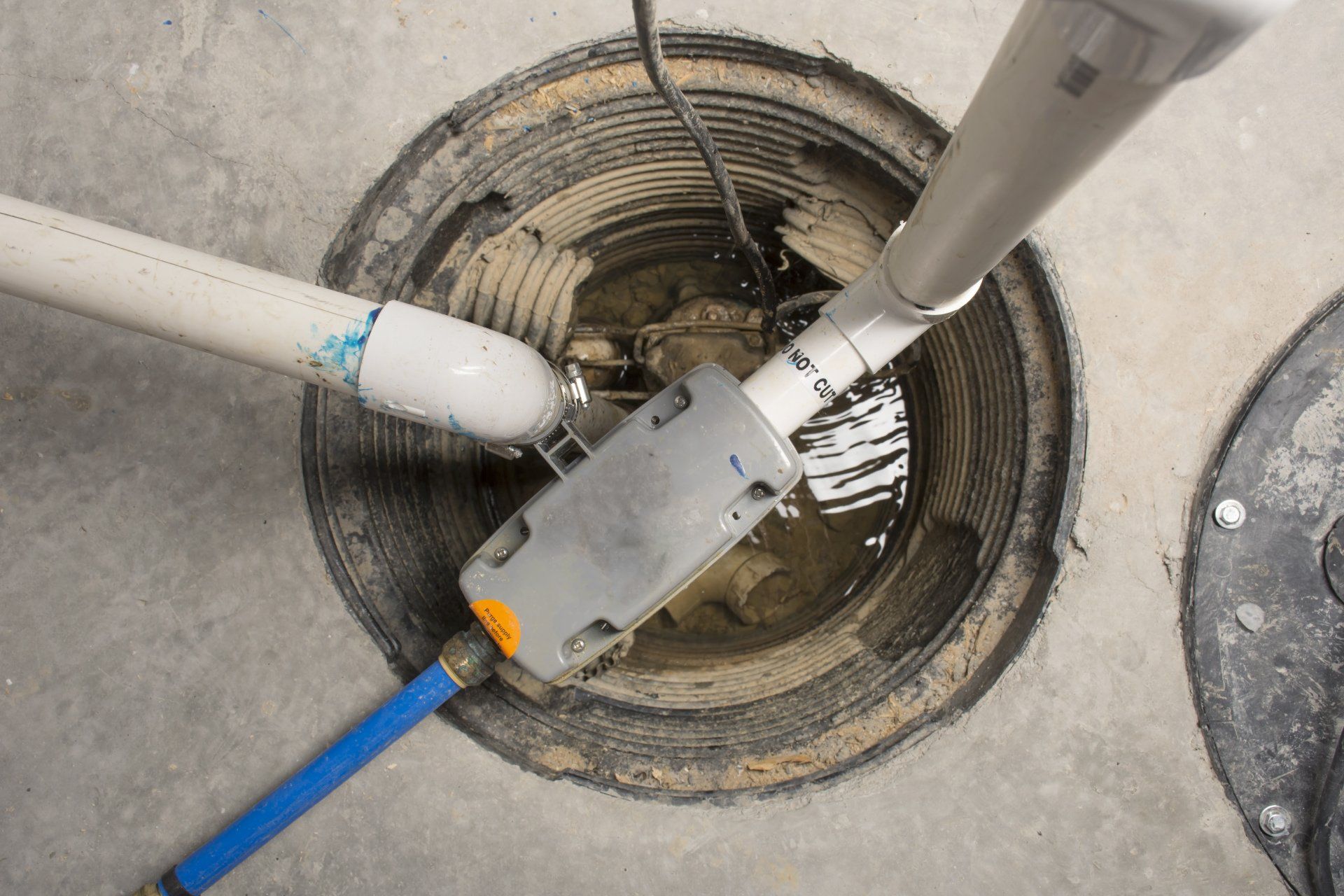Spring Foundation Checklist
5 Things to Check When it Comes to Your Home's Foundation

Kansas and Missouri winters can be brutal. From the freeze/thaw cycle to the extreme low temperatures, your home's foundation withstands extreme rigorous temperatures and conditions. Over the winter, not only does the nasty weather wreak havoc on our home’s foundation, but we don’t venture out too often to check on things outdoors. Typically, that means our exterior, including our foundation, goes for months without a visual check. Between the shortened hours of daylight throughout the winter, the rains, then freezing temperatures, our outside time is quickly diminished. So, along with your spring-cleaning agenda, you should add a walk around your exterior of the home to your list.
Every spring, it’s a good idea to check out the exterior of our home for any problems that might lead to foundation issues down the line. It’s also recommended that you check out everything from windows to gutters to roofs and driveway concrete, but for our purposes today, we will stick to foundations.
- Check your foundation for cracks – walk around your foundation and inspect it for cracks. Minor, hairline cracks aren’t usually a concern, but larger cracks should be dealt with. Don’t assume a little caulk will fix the problem. If there is a crack, there is shifting and as soon as it moves enough, that caulk will break the seal and let water in. Professional crack filling by PierMagicTM, although not a permanent fix, will last much longer with our epoxy-based filler. Don’t forget to inspect inside as well if you have an unfinished basement.
- Check your gutters – look for areas where water is not draining or draining too closely to the foundation. Pooling or erosion are not good signs. If you see either, extend your gutters so the water gets deposited farther away from the house.
- Check the grade – make sure the angle of the dirt around your foundation falls away from the house. It should fall away for at least two to three feet out. If it doesn’t, add soil to raise the level closer to the foundation. Don’t use mulch or rock as these will allow water to seep downward rather than run off.
- Check your sump pump – this is a great time to make sure your sump pump is still in good working order. With lots of spring rain on the way, you don’t want it to fail you now. To test it, pour a five-gallon bucket of water into the sump pit. The pumps should kick on and expel the water. If it doesn’t, you have a problem. Also, check where the sump pump is exiting the house to make sure the water is running away from your foundation.
- Check your sprinkler system – turn on the sprinkler system and make sure none of the heads are watering too close to the foundation. This can cause swelling with the clay soil that is typical of the Midwest and that can put pressure on your foundation.
If you see any major cracks, call PierMagic Foundation Specialists. We will come to your home and give you a free estimate for fixing your foundation. The sooner you catch cracks, the less expensive the repair will be, so don’t hesitate to call us if you have any doubts at all. Happy spring!
Address
PierMagic Foundation Specialists
932 Locust Hill Circle
Belton, MO 64012
Serving: Grandview, Lee's Summit, Blue Springs, Leawood, Overland Park, Olathe, Raymore, Belton, Independence, Oak Grove, Liberty, Parkville, Butler, Columbia, Harrisonville, Peculiar, Pleasant Hill, and the greater Kansas City area
All Rights Reserved | PierMagic Foundation Specialists




